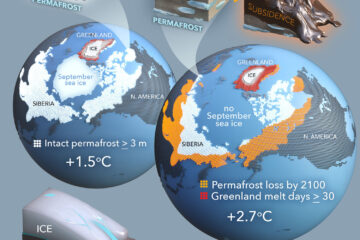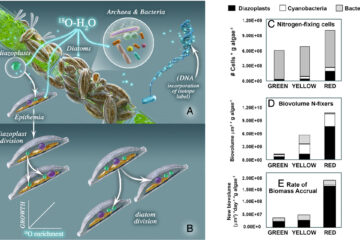Male circumcision significantly reduces prevalence and load of genital anaerobic bacteria
Male circumcision reduces female-to-male HIV transmission. Hypothesized mechanisms for this protective effect include decreased HIV target cell recruitment and activation due to changes in the penis microbiome. We compared the coronal sulcus microbiota of men from a group of uncircumcised controls (n = 77) and from a circumcised intervention group (n = 79) at enrollment and year 1 follow-up in a randomized circumcision trial in Rakai, Uganda. We characterized microbiota using16S rRNA gene-based quantitative PCR (qPCR) and pyrosequencing, log response ratio (LRR), Bayesian classification, nonmetric multidimensional scaling (nMDS), and permutational multivariate analysis of variance (PerMANOVA). At baseline, men in both study arms had comparable coronal sulcus microbiota; however, by year 1, circumcision decreased the total bacterial load and reduced microbiota biodiversity. Specifically, the prevalence and absolute abundance of 12 anaerobic bacterial taxa decreased significantly in the circumcised men. While aerobic bacterial taxa also increased postcircumcision, these gains were minor. The reduction in anaerobes may partly account for the effects of circumcision on reduced HIV acquisition.


